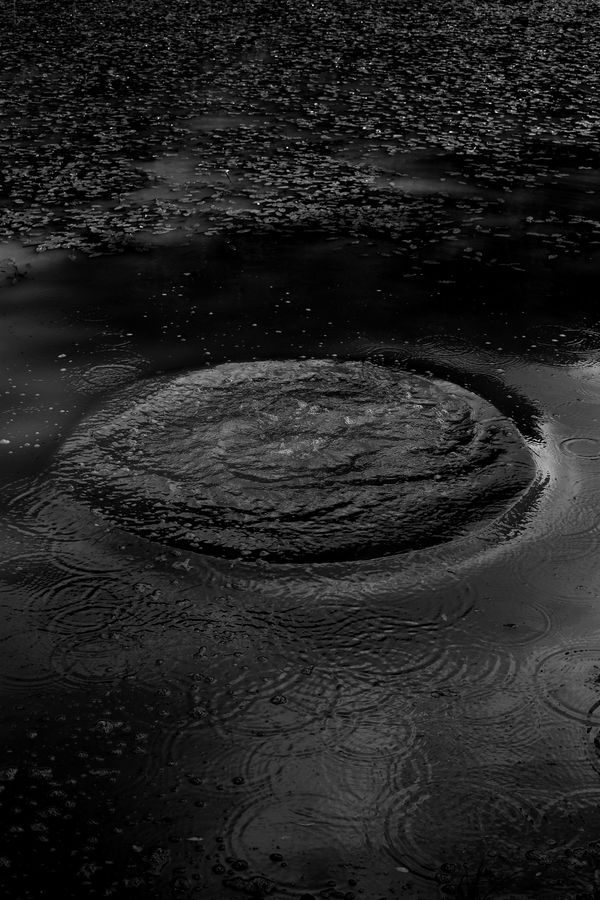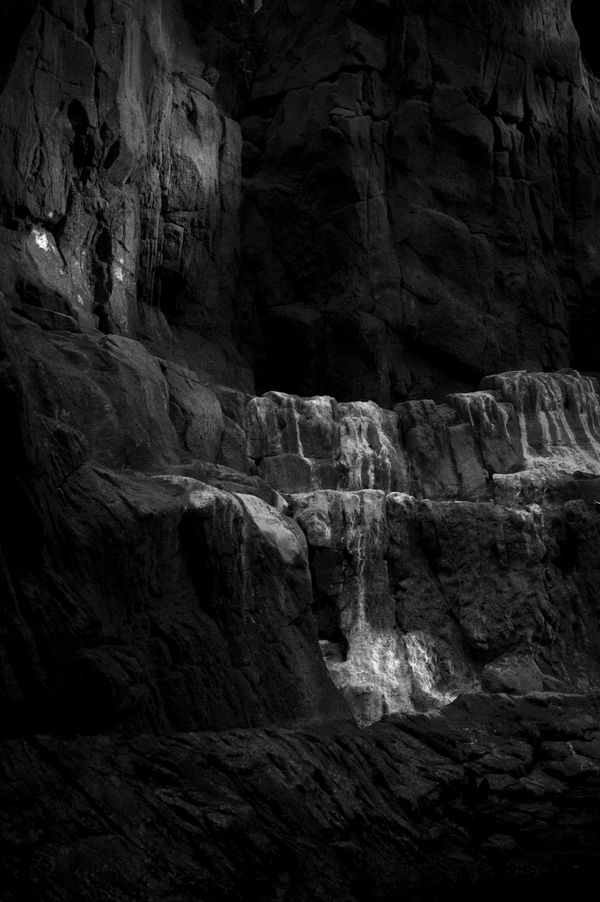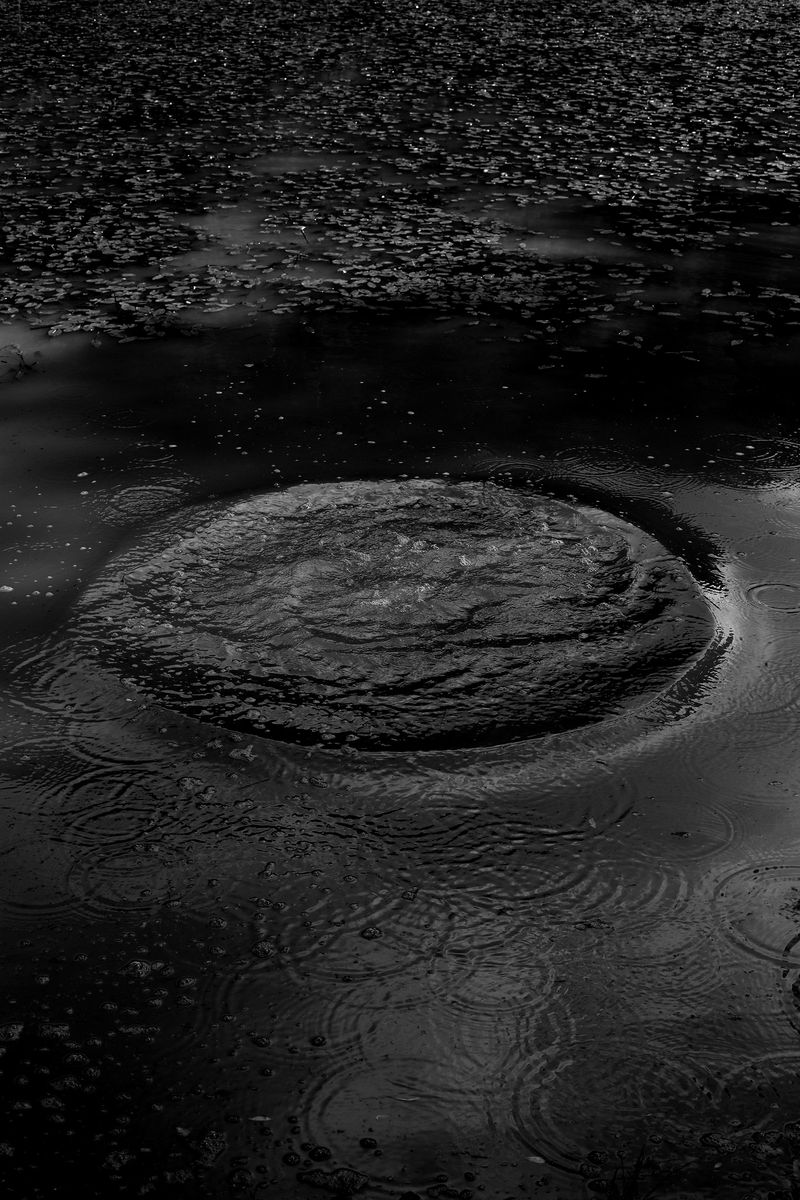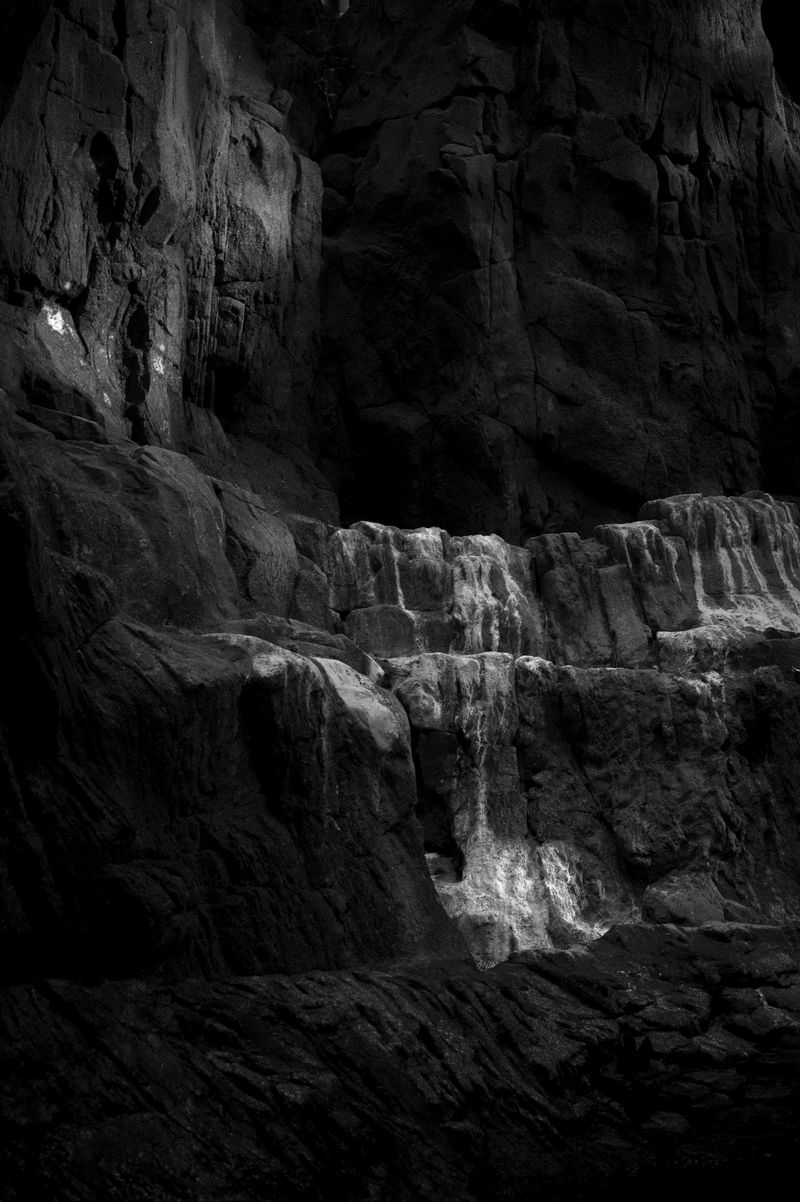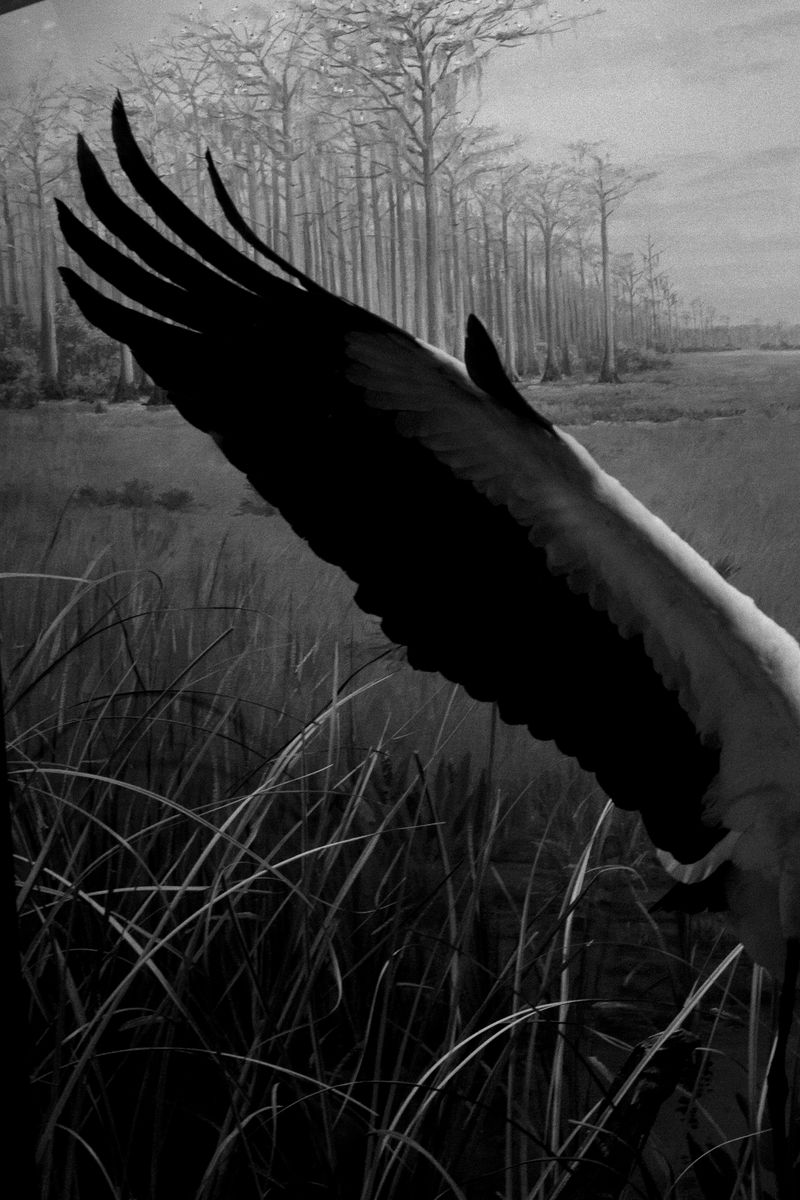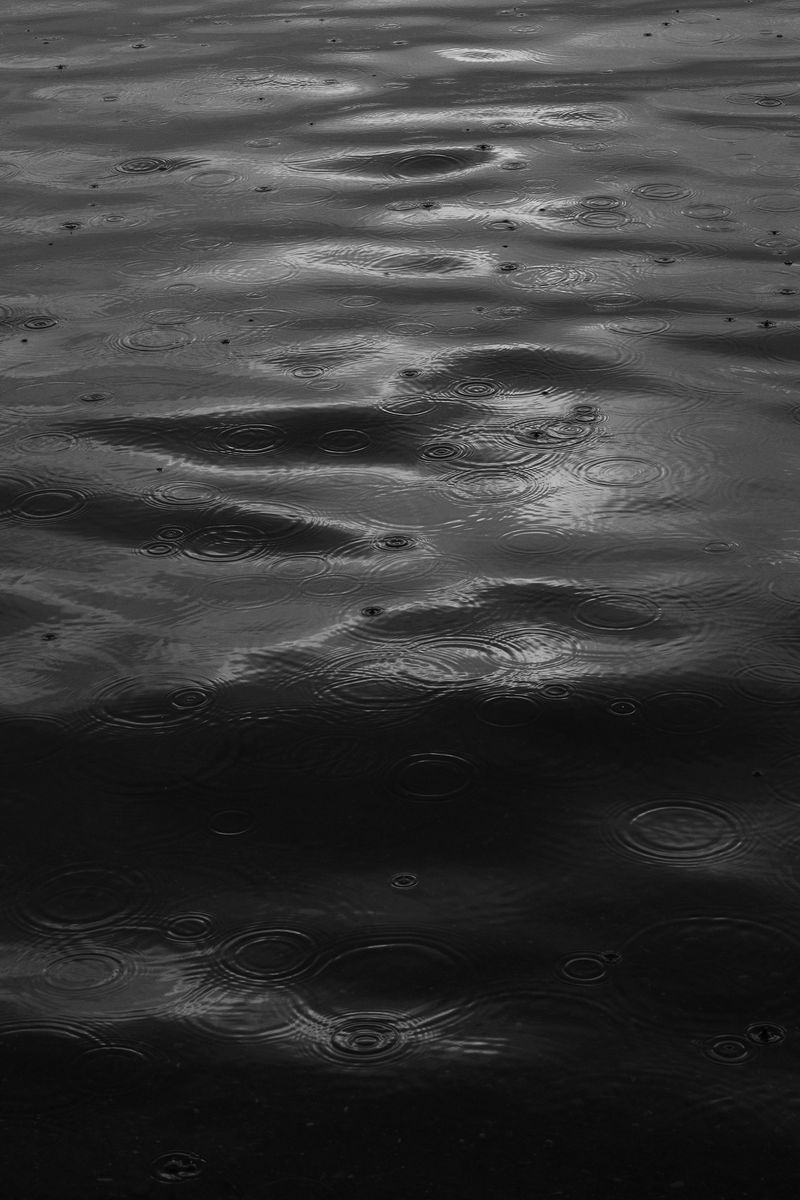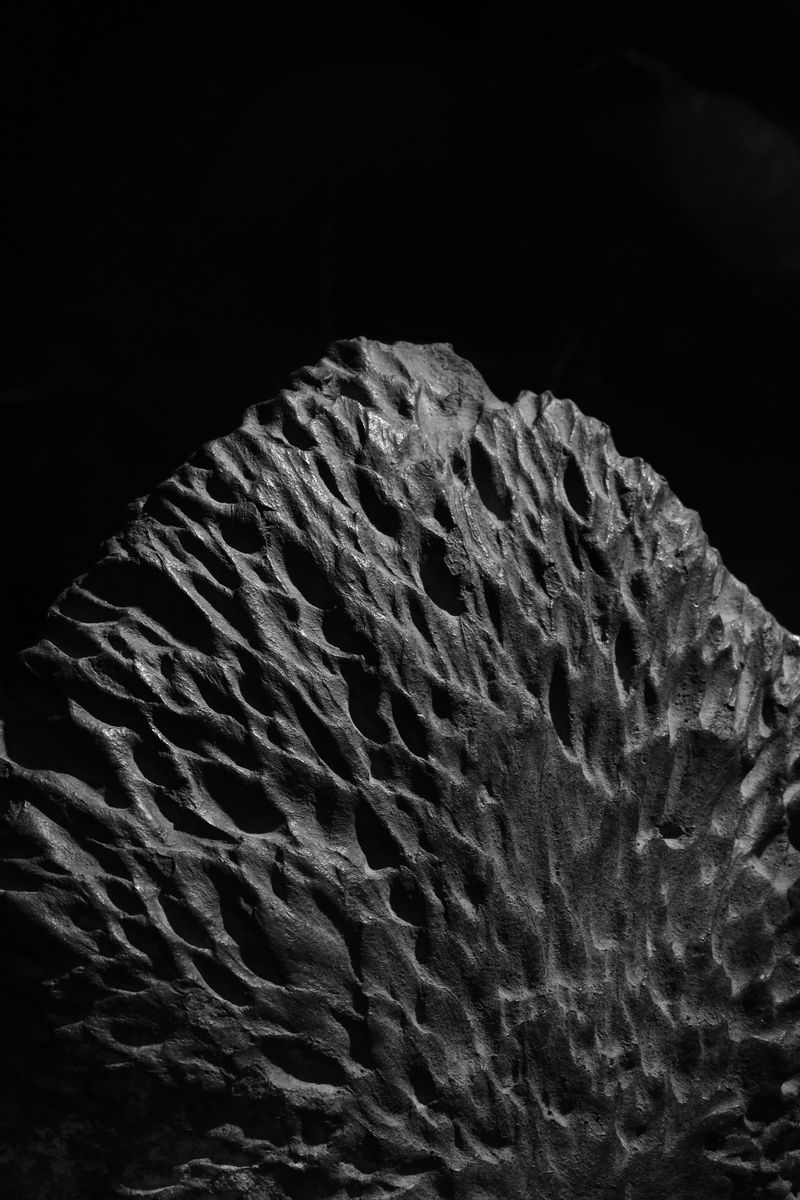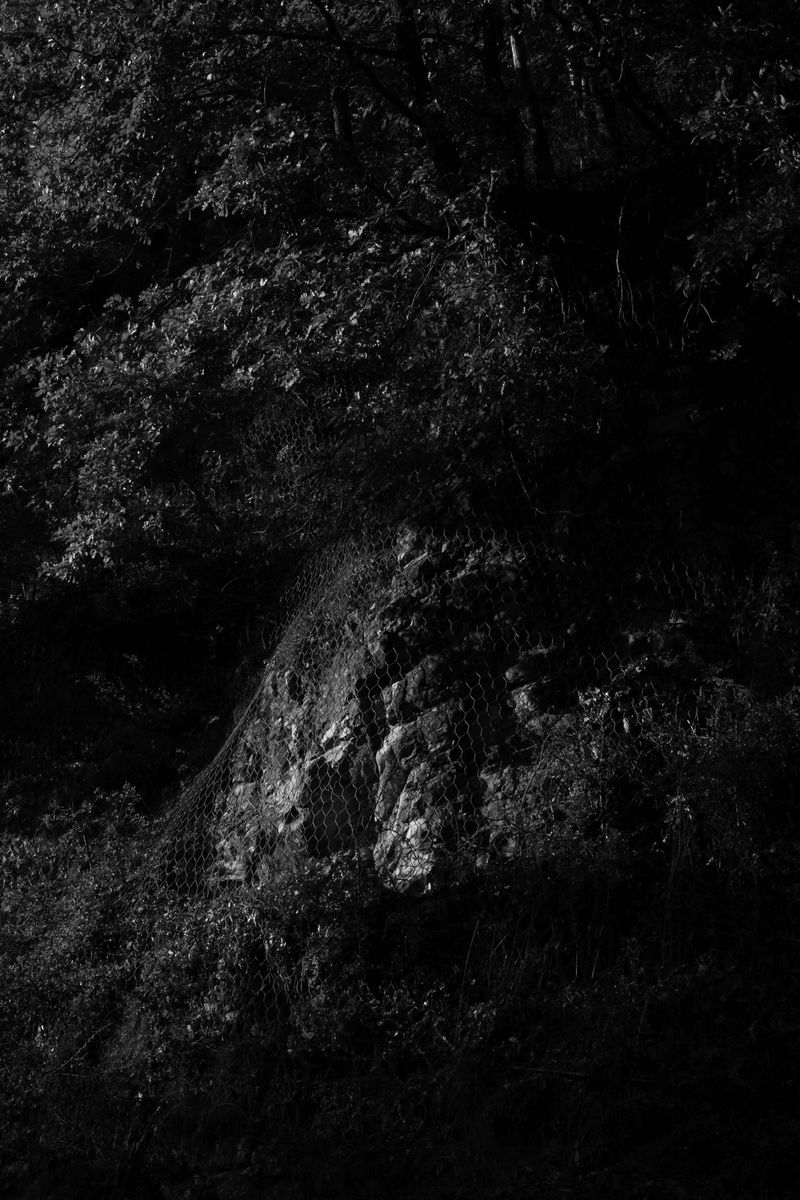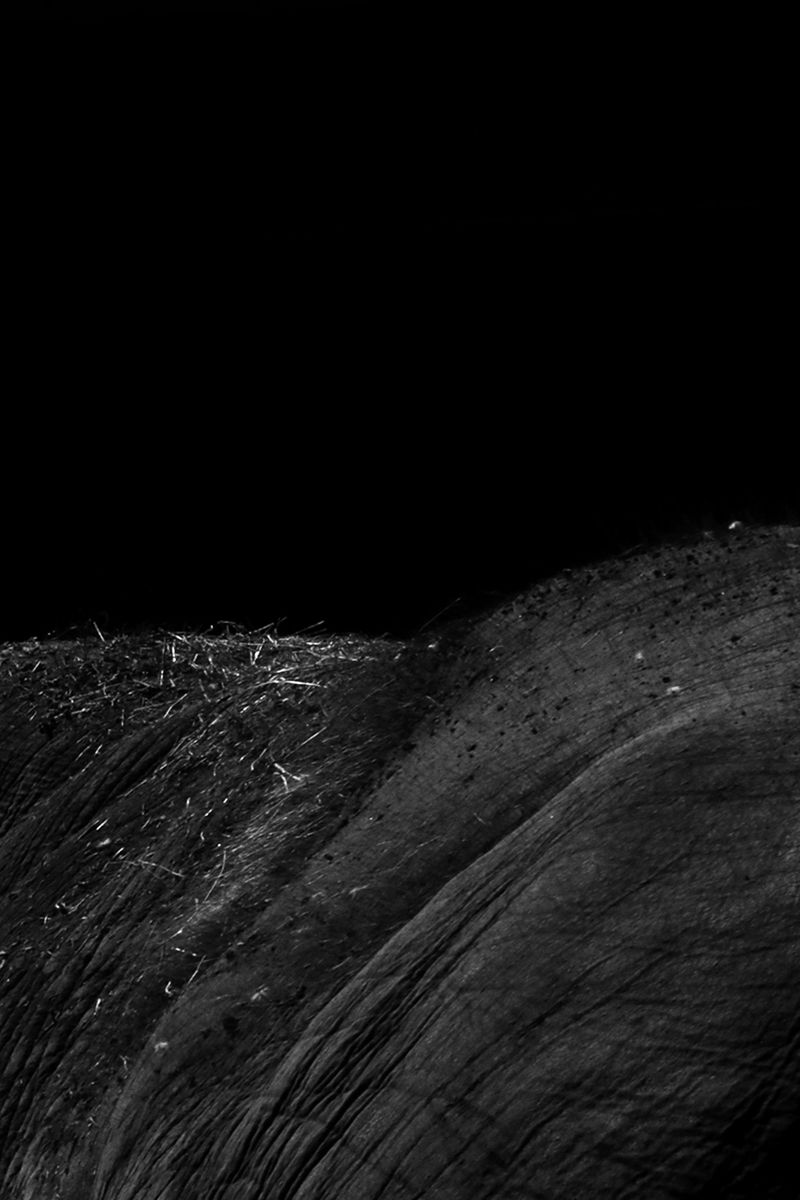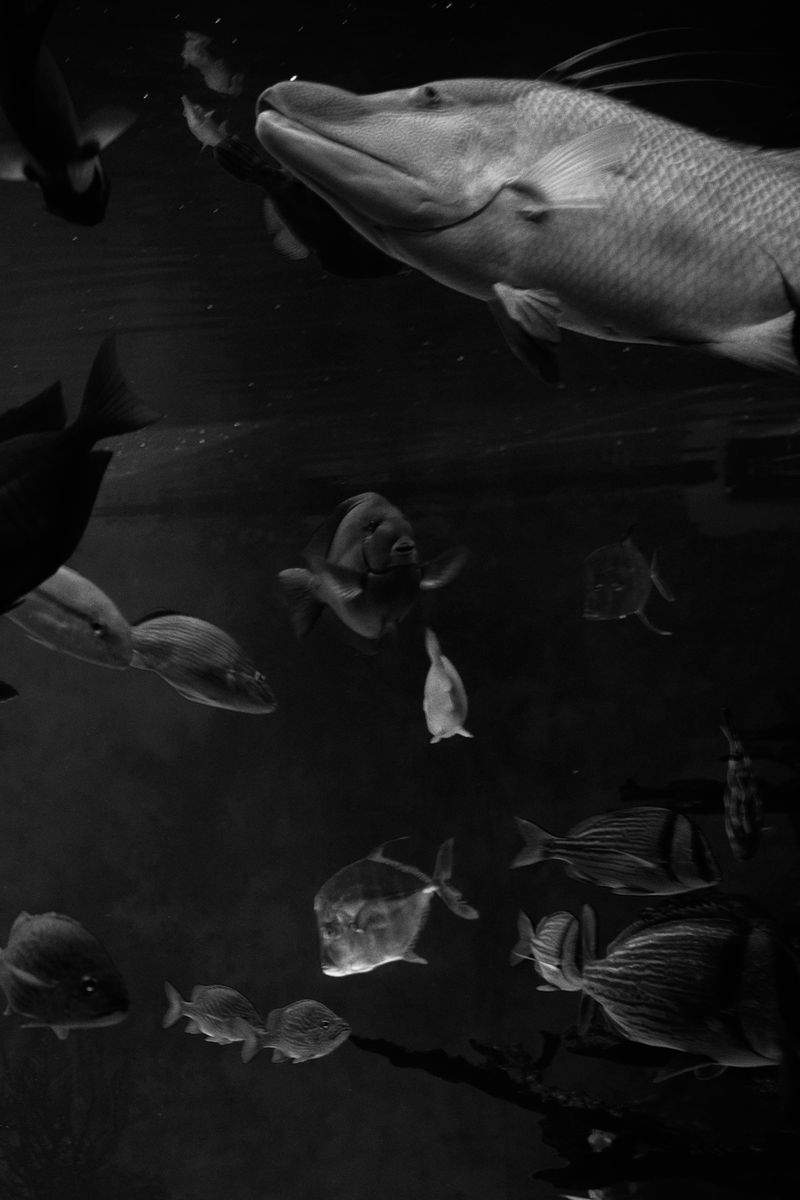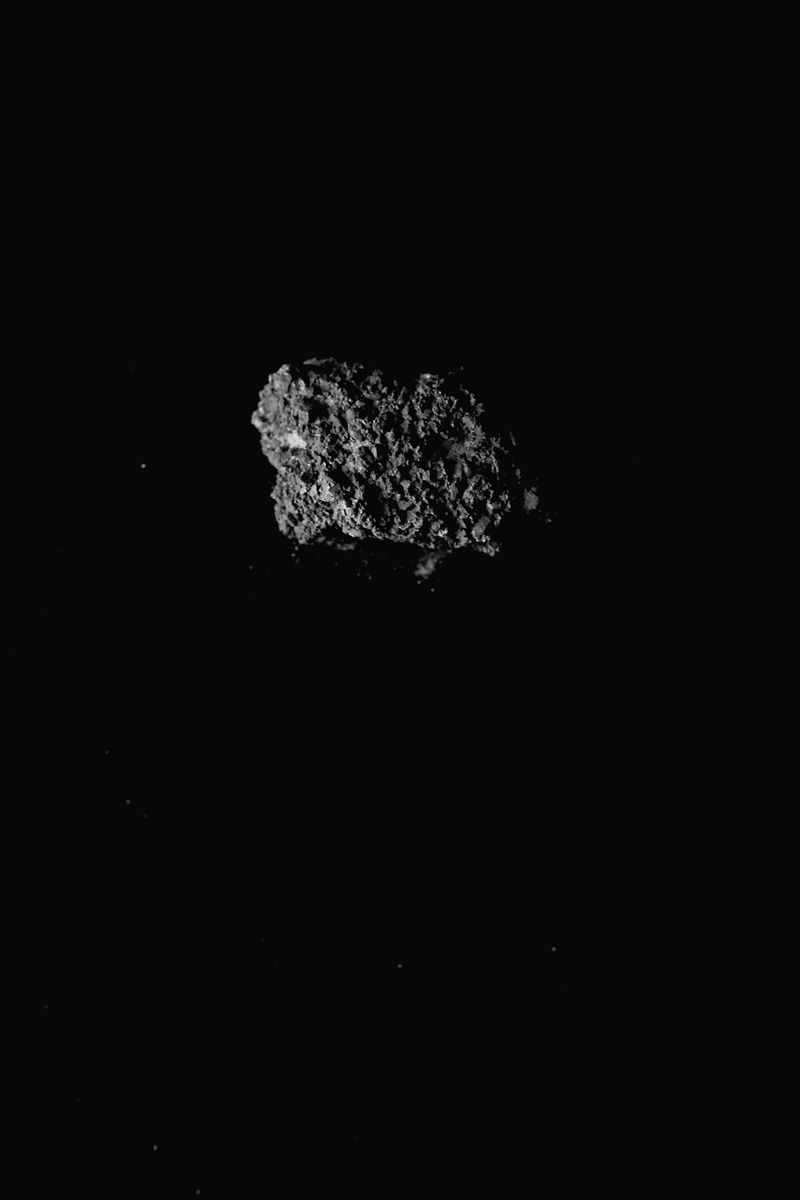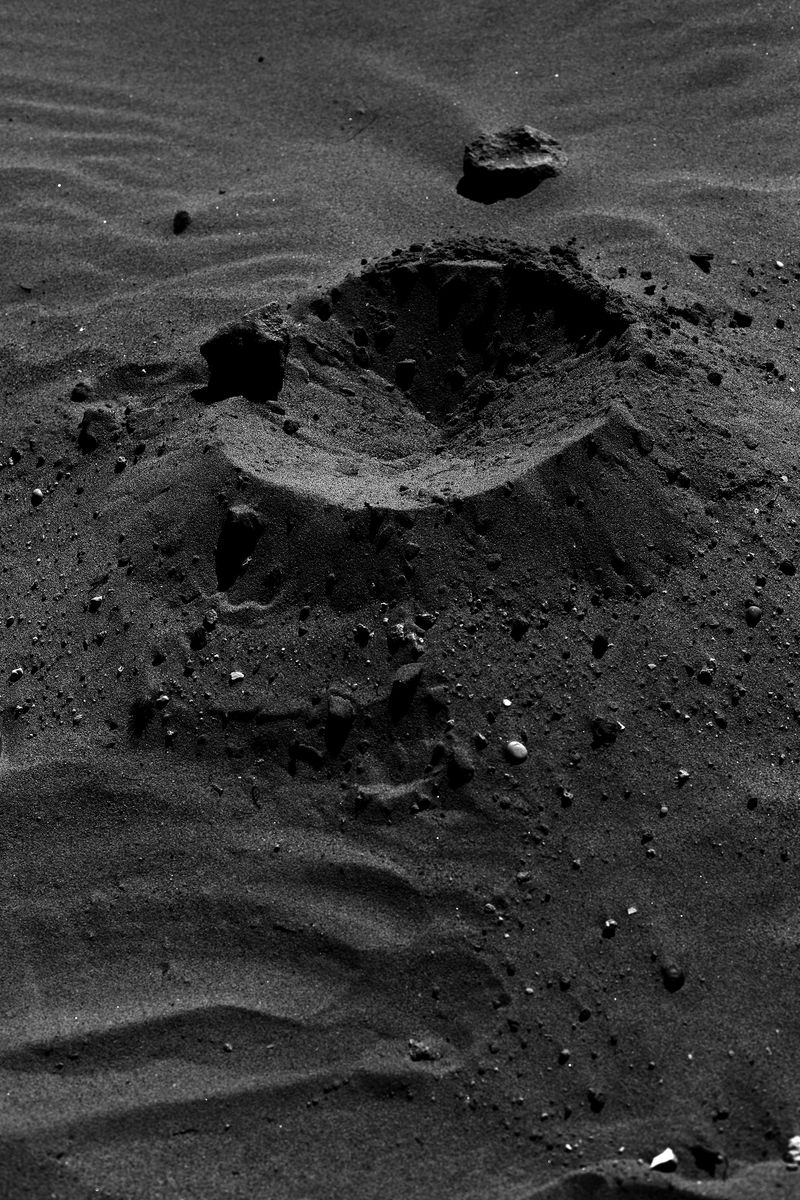Rêve Géologique
-
Dates2009 - Ongoing
-
Author
-
Recognition
The word Anthropocene was coined by the Dutch chemist and Nobel Prize winner Paul Crutzen. It literally means "the age of man", or a phase characterized by the imprint of human beings on the global ecosystem. Taking into account climate change, soil erosion, warming of the oceans or even the extinction of many species, the "weight" of human activities seems obvious. However, scientists continue to collect data and evidence of the changing geological era.
Fascinated by this data, I too have begun to collect academic and scientific journal articles that prove the existence and consequences of the new phase we have entered.
I translated each of these articles into an image, with the desire to make visible what is invisible in the present: the consequences.
As in many of my works, the human presence is interpreted through self-portraiture: a humanity groping in the dark.
As the traces of our passage on earth become more and more evident, I am increasingly obsessed with erasing mine.
Rêve Géologique is a collection - reconstruction of the scientific evidences from the beginning of this new era.
As the traces of our passage on earth become more and more evident, I am increasingly obsessed with erasing mine.
Rêve Géologique is a collection - reconstruction of the scientific evidence from the beginning of this new era.
